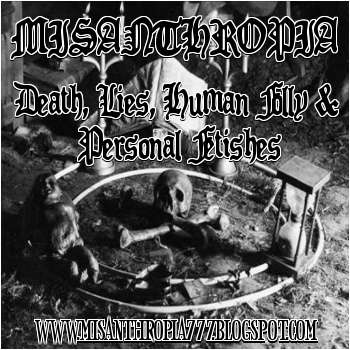Baby arms in jars, skeleton dioramas, and displays of medical devices draw the morbidly fascinated to Museum Boerhaave in Leiden, Netherlands. Walking through the exhibits halls filled with artifacts from the anatomical, medical, and scientific history of the Netherlands, visitors are reminded that they are mere mortals - literally. Latin phrases meant to inspire contemplation of one's own mortality are held up by a series of articulated skeletons:
"Pulvis et umbra sumus" - We are but dust and shadow. "Vita Brevis" - Life is short. And "Memento Mori" - Remember you must die.
The museum, named for Herman Boerhaave (1668-1738), a Dutch physician and botanist, displays over four hundred years of advances in knowledge in a building that dates back to the 1500s. Originally the St. Caecilia nunnery, then a "plague hospital and madhouse," the historic building was converted to a university hospital in 1653. In 1720, Herman Boerhaave gave a famous series of lectures known as the "sickbed lessons," marking the beginning of clinical teaching and of the academic hospital in its modern form. In 1991, the St. Caecilia nunnery took its current form as a museum, where displays of human pathology bring to mind a different sort of "life after death" - that of the medical specimen.
The museum also contains a wonderful collection of antique scientific instruments, natural history displays, and an old operating theater.
















 "He who can, does. He who cannot, teaches."
"He who can, does. He who cannot, teaches."



 "Being is substance and life; life manifests by movement; movement is perpetuated by equilibrium; equilibrium is therefore the law of immortality.
"Being is substance and life; life manifests by movement; movement is perpetuated by equilibrium; equilibrium is therefore the law of immortality.


 "The doctrine of equality!... But there exists no more poisonous poison: for it seems to be preached by justice itself, while it is the end of justice.... "Equality for equals, inequality for unequals" that would be the true voice of justice: and, what follows from it, "Never make equal what is unequal."
"The doctrine of equality!... But there exists no more poisonous poison: for it seems to be preached by justice itself, while it is the end of justice.... "Equality for equals, inequality for unequals" that would be the true voice of justice: and, what follows from it, "Never make equal what is unequal."



No comments:
Post a Comment
Note: Only a member of this blog may post a comment.